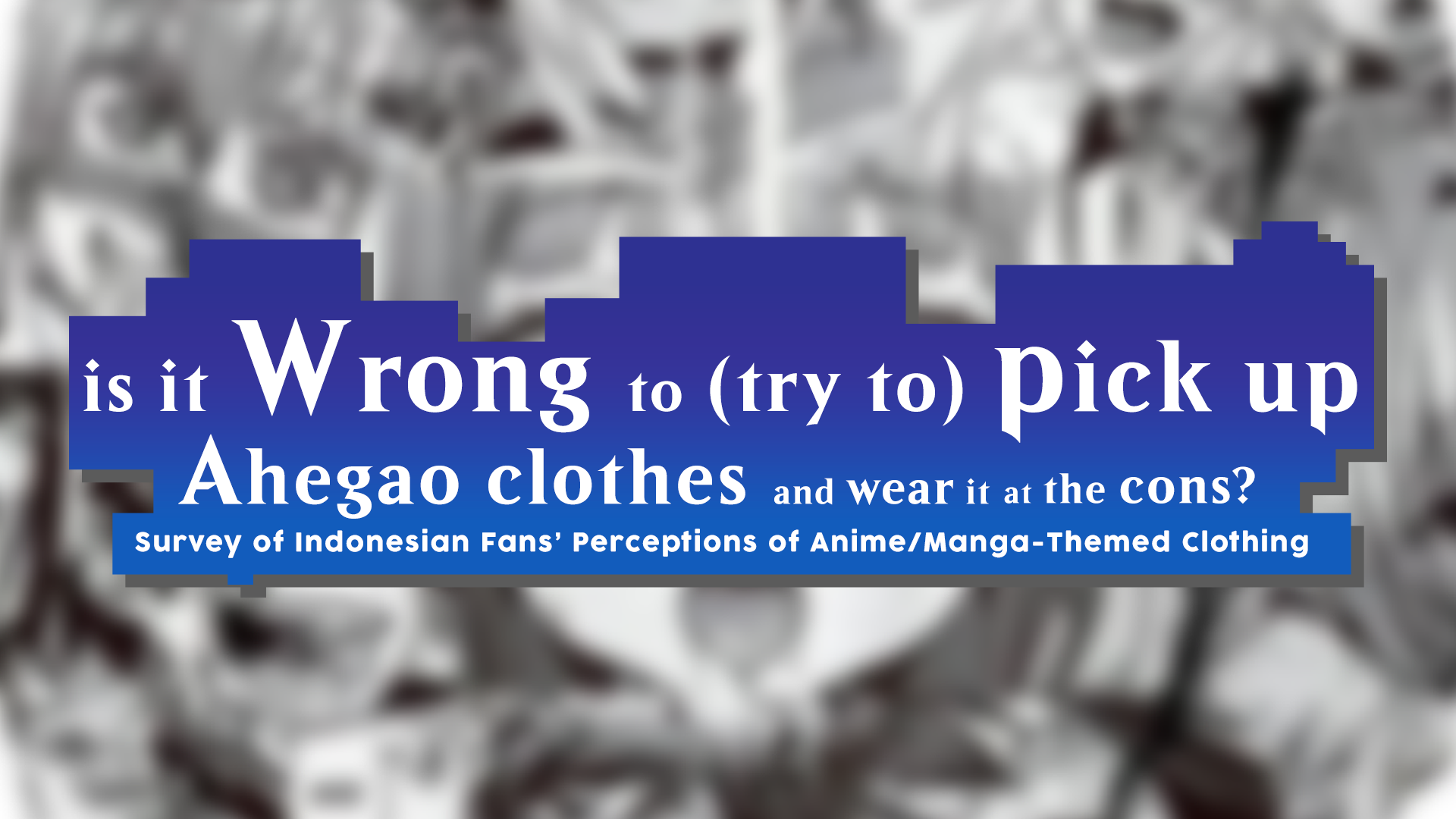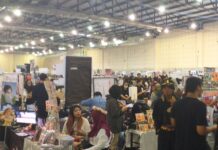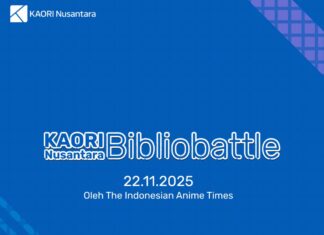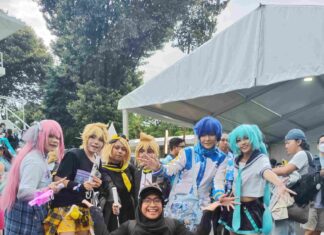Summary
In general, fans use anime/manga themed clothing to communicate fan identities, especially among other fans. This can be seen from how the dominant considerations to buy the clothing are what series or character is depicted by the clothing and the design of the clothing; and also from how fans state that they can recognize and be connected with other fans easier with the use of the clothing.
When it comes to the use of ahegao clothing, especially in fan spaces like events/cons, we can identify some key points in the debate. The defenders can be seen to perceive events/cons as “carnival”, in the sense of the “carnival” as a period where “for a brief moment, norms are transgressed or actually inverted (Napier, 2000).” They are spaces where fans can temporarily can get away from the restrictions of the standards of everyday life, to perform identities that are frowned by those standards, including being able to share interest in consuming erotic manga materials among other fans who also consume such materials.
On the other hand, those who oppose the clothing brought up concerns regarding underage visitors seeing pictures on the clothing that originate from age-restricted materials. This is understandable as there are events where anime/manga fans like to gather in, that are not anime/manga-specific events that are open to general audiences without age restrictions, such as Gelar Jepang and Ennichisai, which are festivals of Japanese culture in general. Perhaps there could be more dialogue among Indonesian fans about whether or not there needs to be age-segregated events/cons like some respondents suggest, and whether or not such events/cons are feasible in Indonesian setting.
Another key point of the debate is whether or not just showing the faces actually make the pictures on the clothing harmful to be seen by children, especially. Among the defenders it is argued that since no nudity or body parts can be seen, those who don’t consume erotic manga wouldn’t associate the pictures of the faces with sexual activities. While the opposition argues that since the pictures come from materials that are not meant to be seen by underage audience, they shouldn’t be made visible to underage audience at all even if they only show the faces.
To conclude, hopefully these data can be a starting point to better understand the behavior and opinions of fans in using anime/manga-themed clothing in general; and also specifically, to be a reference for better dialogue about ahegao clothing that can listen to both sides of the debate without held back by prejudice.
KAORI Nusantara Research Division





